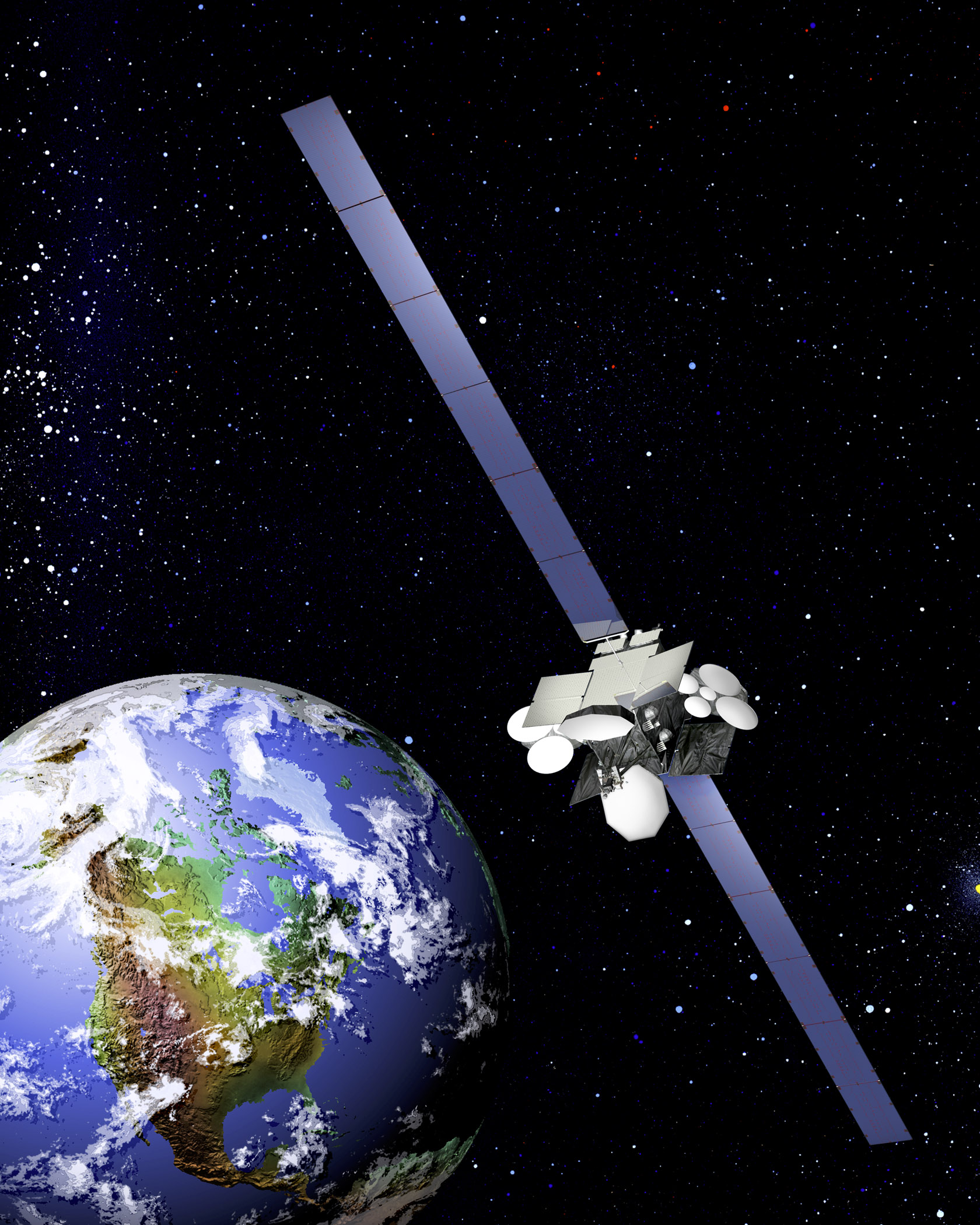Canadian Satellite Malfunction Leaves Thousands Without Communications

A satellite malfunction left thousands of people across parts of rural northern Canada without communications services and grounded dozens of flights Thursday (Oct. 6), according to Canadian press reports.
Officials with the Ottawa-based satellite operator Telesat Canada said the malfunction began at 6:36 a.m. EDT (1036 GMT), when its Anik F2 communications satellite suffered a "technical anomaly." The glitch affected satellite-served communities in the Northwest Territories and Nunavut territory, according to Canadian communications provider Northwestel.
"Telesat is in control of the satellite and all indications are that it is healthy and can be returned to service," Telesat officials said in a statement. "Telesat is now undertaking to return the satellite to normal operations and is working with its customers on Anik F2 to restore traffic in an orderly manner and minimize the impact to their networks." [Photos: Spotting Satellites From the Ground]
In all, 39 communities reliant on the Anik F2 satellite for communications services were affected, Northwestel officials said.
The Associated Press reported that 1,000 people were left stranded when 48 flights were canceled by the airline First Air due to the satellite malfunction. According to Canada's CBC Radio, residents in affected areas lost long-distance calling, cell phone and ATM services. Some DSL Internet and cable television channel outages were also expected, Northwestel officials said.
Launched in 2004, the Anik F2 satellite weighs about 12,118 pounds (5,950 kilograms) and is equipped with 32 Ku-band transponders, 38 Ka-band transponders and 24 C-band transponders. It is designed to provide high-speed Internet and digital communications to users across parts of Canada and the United States.
"Anik F2 supports a variety of services in Canada and the United States, all of which are affected by the satellite anomaly," Telesat officials said.
Breaking space news, the latest updates on rocket launches, skywatching events and more!
The satellite has a design lifetime of about 15 years and its name Anik means "little brother" in the Inuit language, according to the aerospace company Boeing, which built the satellite.
Telesat Canada currently operates a fleet of 12 communications satellites with three more under construction.
You can follow SPACE.com Managing Editor Tariq Malik on Twitter @tariqjmalik. Follow SPACE.com for the latest in space science and exploration news on Twitter @Spacedotcom and on Facebook.

Tariq is the award-winning Editor-in-Chief of Space.com and joined the team in 2001. He covers human spaceflight, as well as skywatching and entertainment. He became Space.com's Editor-in-Chief in 2019. Before joining Space.com, Tariq was a staff reporter for The Los Angeles Times covering education and city beats in La Habra, Fullerton and Huntington Beach. He's a recipient of the 2022 Harry Kolcum Award for excellence in space reporting and the 2025 Space Pioneer Award from the National Space Society. He is an Eagle Scout and Space Camp alum with journalism degrees from the USC and NYU. You can find Tariq at Space.com and as the co-host to the This Week In Space podcast on the TWiT network. To see his latest project, you can follow Tariq on Twitter @tariqjmalik.
